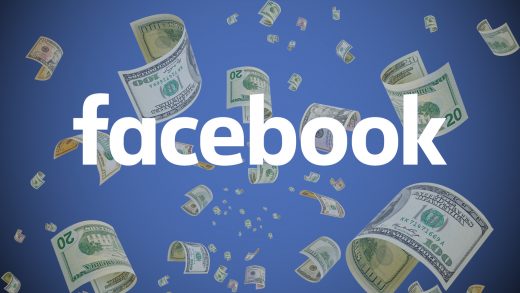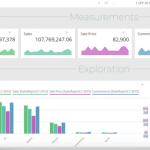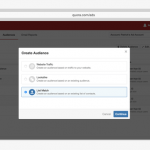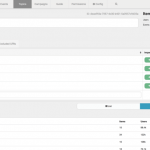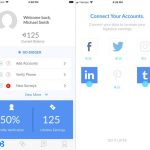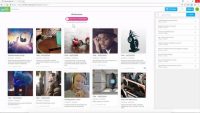Facebook adopts header bidding to make its ad network more competitive with Google’s
By Facebook adopting header bidding, publishers will get a better look at which ad network can get them a better deal.
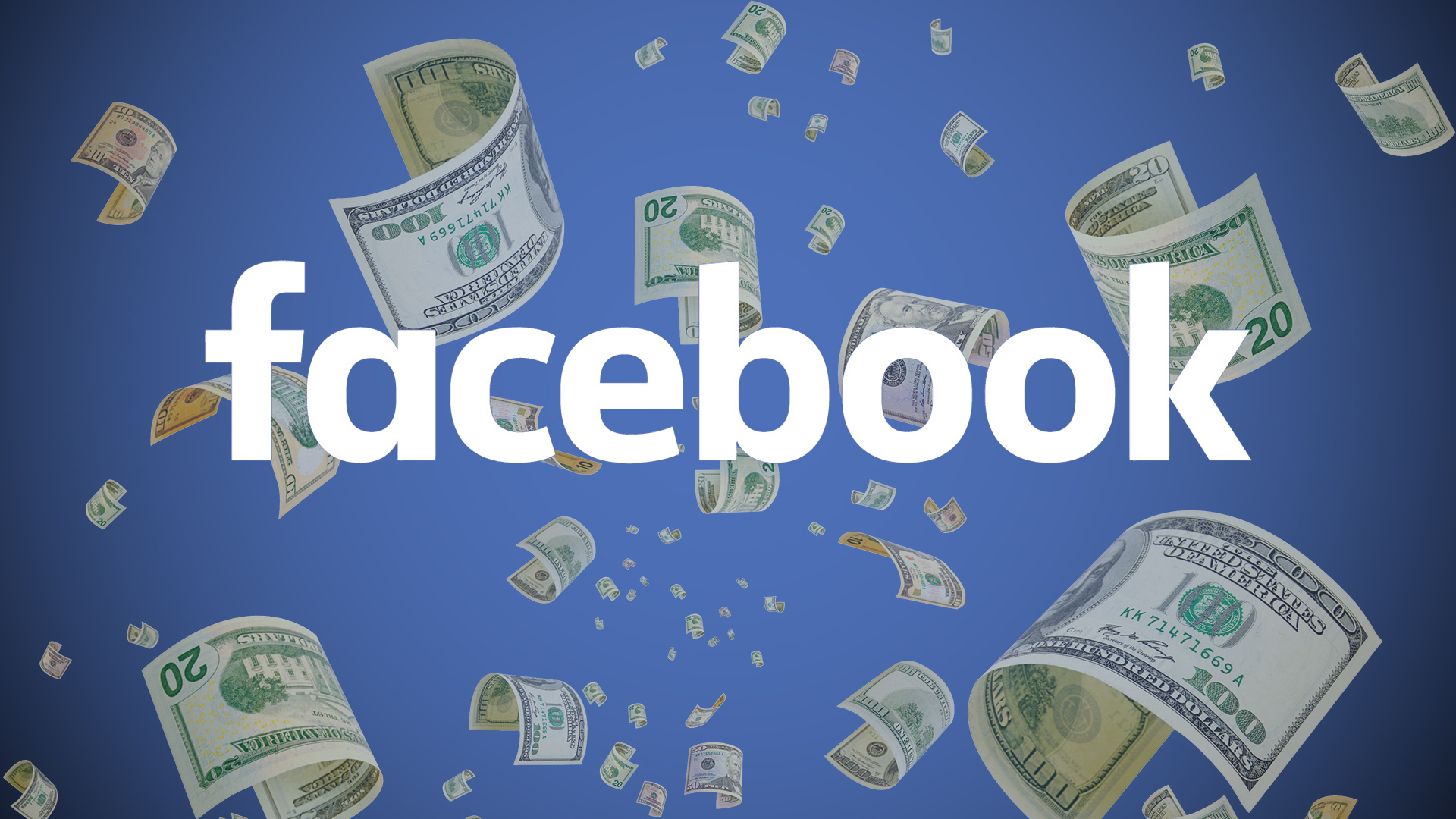
Long story short: Facebook’s ad network is challenging ad networks run by Google and others to see who can get publishers the best deals for their inventory by adopting a process called header bidding that levels the playing field for publisher’s programmatic ad sales.
Long story long: There are a lot of parallels between programmatic advertising and online travel booking. For an advertiser or traveler, instead of checking prices with individual publishers or airlines one by one, you can check ad networks or travel search sites that aggregate ad slots or plane seats from a bunch of publishers or airlines. And for a publisher or airline, instead of selling ads or tickets one by one, you can sell them through a bunch of different places simultaneously in hopes of selling more of them sooner.
But it’s not exactly that simple, at least not for publishers. Specifically, it’s not exactly simultaneous.
When an ad slot goes up for sale — which happens for each ad slot each time someone loads a page of the publisher’s site — it doesn’t go up for sale everywhere at once. Instead the publisher checks different ad networks to see what price it can get for a given slot; this is called the “waterfall.” If the first ad network matches the publisher’s desired price, the deal is done without any other ad networks given the option to offer more money. Given that many publishers use Google’s ad server to source these deals, Google’s ad network typically wins out early, though Google has taken steps to open up to more outside competition.
But that’s started to change. A newish process called header bidding levels the programmatic playing field. Instead of putting an ad slot up for sale through different ad networks in order, header bidding enables the publisher to solicit potential prices, or bids, from multiple ad networks at once, then decide which is the best deal before closing the auction.
And now Facebook’s Audience Network ad network is adopting header bidding, the company announced on Wednesday. The Information had reported in August 2016 that the company had begun testing header bidding.
As a result, publishers will be able to say, “Hey Google, what can you get me for this ad slot?” and instead of having to decide on the spot whether Google’s price is right, the publisher can put the question to Facebook and a host of other ad networks at the same time, hear them all out and only then decide which deal it wants. To mix metaphors, it’s like an investment-seeking company going on ABC’s “Shark Tank” to solicit funding from multiple investors at once instead of arranging an array of individual meetings and being forced to decide whether to deal or not after each sit-down.
Facebook’s entry into the header bidding world is especially noteworthy because of how its ad network is organized. Advertisers don’t have the option to buy ads from Audience Network independently from Facebook proper, meaning that they have to be willing to pay as much for an Audience Network slot as a slot in the Facebook news feed. So Facebook is able to pitch publishers on the potential for reaping similar rates to what Facebook receives, minus Facebook’s cut. Depending on how Facebook’s prices compare with the rates offered by Google and others, it could force its rivals to raise their prices to remain competitive for publishers.
Publishers that have tested out Audience Network’s header bidding have seen their revenue increase by between 10 and 30 percent, according to Facebook.
But like the old programmatic sales process, it’s too early to call winners and losers. For starters, Facebook’s header bidding is only available for mobile sites. Also, publishers have to go through a handful of approved ad tech firms that help publishers programmatically sell ads — Amazon Publisher Services, AppNexus, Index Exchange, Media.net, Sonobi and Sortable — or roll their own process through open-source header bidding technologies like PreBid and PubFood.
And there remains the open question of how much advertiser demand Facebook will be able to funnel toward publishers. Some larger ad buyers, like WPP’s GroupM and Publicis Groupe’s DigitasLBi, advise their clients against buying from Facebook’s Audience Network over transparency and control issues.
Marketing Land – Internet Marketing News, Strategies & Tips
(50)

